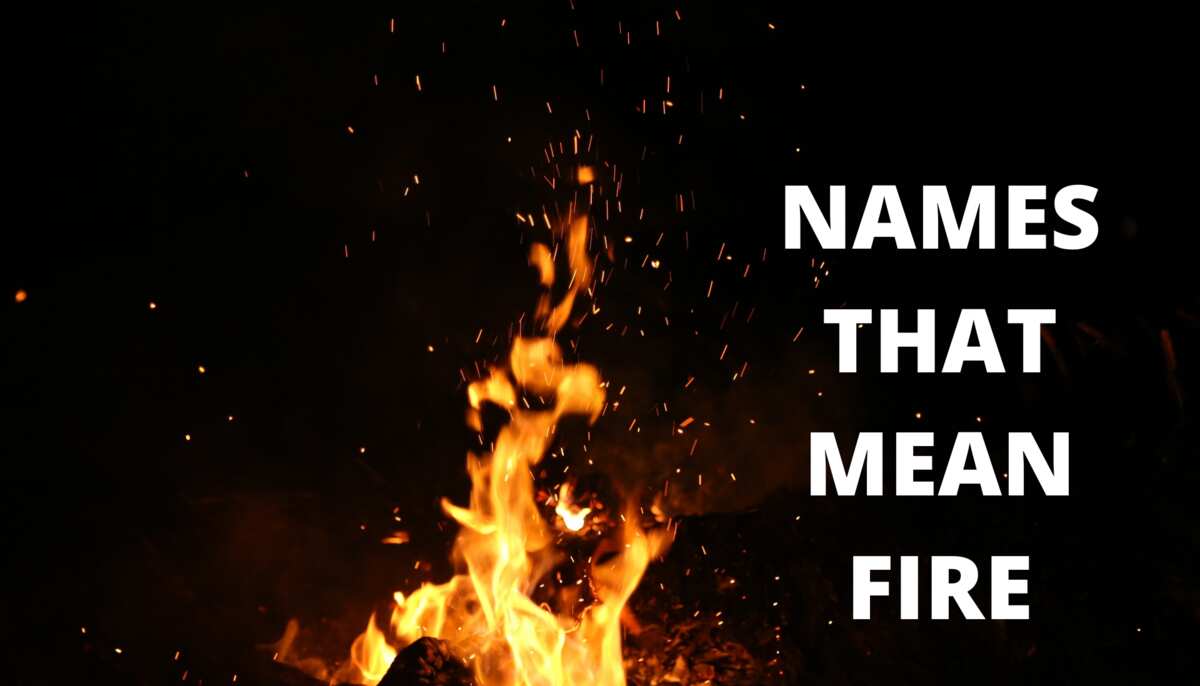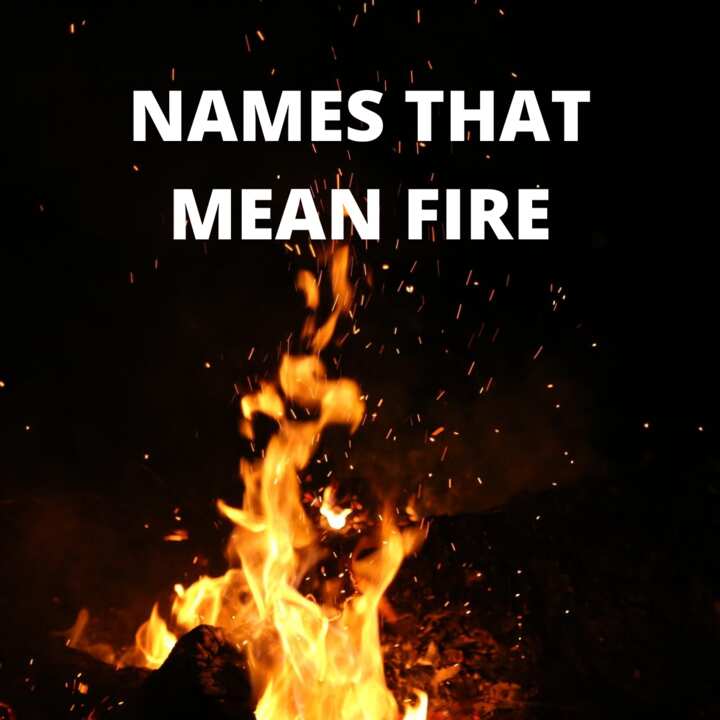Fire in other languages, a fascinating subject that illuminates the diverse ways cultures perceive and express this primal element. From the crackling “feu” in French to the poetic “fuego” in Spanish, the word “fire” takes on a myriad of forms, each carrying its own unique history and cultural significance.
Throughout history, fire has played a pivotal role in human societies, shaping our rituals, beliefs, and artistic expressions. By delving into the linguistic tapestry of fire, we gain a deeper understanding of the universal human experience and the interconnectedness of cultures across the globe.
Language Variations
Across the globe, different languages have evolved to express the concept of “fire” in unique ways. This table presents a comprehensive list of words for “fire” in various languages, along with their pronunciations and example sentences.
Understanding these variations can facilitate communication and cultural exchange, fostering a deeper appreciation for the diversity of human expression.
Words for “Fire” in Various Languages
| Language | Word | Pronunciation | Example Sentence |
|---|---|---|---|
| English | Fire | /faɪər/ | The campfire crackled and danced, providing warmth and light. |
| Spanish | Fuego | /ˈfwe.ɣo/ | El fuego arde con fuerza, consumiendo todo a su paso. |
| French | Feu | /fø/ | Le feu crépite dans la cheminée, créant une ambiance chaleureuse. |
| German | Feuer | /ˈfɔɪ.ɐ/ | Das Feuer lodert hell, erhellt die Nacht und spendet Wärme. |
| Italian | Fuoco | /ˈfwɔː.ko/ | Il fuoco arde nel camino, riscaldando la casa. |
| Chinese | 火 (huǒ) | /xwo/ | 火烧得很旺,把整个屋子都照亮了。 |
| Japanese | 火 (hi) | /hi/ | 火が燃え盛る,部屋全体を照らす。 |
| Russian | Огонь (ogon’) | /ɐˈɡoɲ/ | Огонь пылает в печи, согревая дом. |
| Arabic | نار (nār) | /naːr/ | النار تحرق بقوة، وتلتهم كل شيء في طريقها. |
| Hindi | आग (aag) | /ɑːɡ/ | आग तेज जल रही है, घर को रोशन कर रही है और गर्मी दे रही है। |
Etymological Origins: Fire In Other Languages
The word “fire” has a rich and diverse etymological history, with roots in various languages and cultures. Its origins can be traced back to Proto-Indo-European, the ancestral language from which many European and Asian languages descended.
In Proto-Indo-European, the word for fire was “*peh₂wr̥,” which meant “fire, heat, or warmth.” This root is also found in many Indo-European languages, such as Sanskrit (“pāvaka”), Greek (“pŷr”), and Latin (“pūrus”).
Indo-European Languages
- Sanskrit: “pāvaka”
- Greek: “pŷr”
- Latin: “pūrus”
- Old Irish: “teine”
- Welsh: “tân”
- German: “Feuer”
In addition to Indo-European, the word “fire” has also been borrowed into other languages from various sources. For example, the English word “fire” comes from the Old English word “fȳr,” which is itself derived from the Proto-Germanic word “*fīra.”
Other Languages
- Arabic: “nār”
- Chinese: “huǒ”
- Japanese: “hi”
- Nahuatl (Aztec): “tletl”
- Quechua (Inca): “nina”
The word “fire” has undergone significant semantic evolution over time, with its meaning shifting from a more general sense of “heat or warmth” to a more specific reference to the combustion of fuel.
Cultural Significance

Fire holds immense cultural significance across various societies, serving as a central element in rituals, ceremonies, and daily life. It has shaped cultural practices, beliefs, and traditions worldwide.Fire has played a crucial role in human history, providing warmth, protection, and a means of cooking food.
Its symbolism and meanings vary across cultures, but it often represents purification, transformation, and the hearth of the home. In many indigenous cultures, fire is considered sacred and is used in rituals and ceremonies to connect with ancestors, spirits, and the divine.
Rituals and Ceremonies
Fire is often used in rituals and ceremonies to mark important life events, such as births, marriages, and deaths. It is believed to have purifying and protective properties, and is used to cleanse individuals and spaces. In some cultures, fire is used to symbolize the transition from one stage of life to another, or to mark the passage of time.
Daily Life
Fire has also been essential in daily life for many cultures. It provides warmth and comfort, especially in cold climates. It is used for cooking food, providing light, and creating tools and weapons. Fire has also been used for communication, with smoke signals being used to send messages over long distances.
Cultural Beliefs
Fire has shaped cultural beliefs and practices in various ways. In some cultures, fire is seen as a symbol of the hearth and home, and is associated with family and community. In other cultures, fire is seen as a symbol of power and destruction, and is used in rituals to ward off evil spirits.
Fire has also been used in mythology and folklore, with many cultures having stories and legends about fire-breathing dragons, phoenixes, and other mythical creatures.Overall, fire holds a significant place in many cultures around the world, serving as a symbol of purification, transformation, and the hearth of the home.
It is used in rituals and ceremonies, daily life, and cultural beliefs, shaping the practices and beliefs of many societies.
Metaphorical Uses
Fire, a potent force in nature, has found its way into various languages as a versatile metaphor, evoking a range of concepts beyond its physical form.
Passion and Desire
Fire’s warmth and intensity often symbolize passion, desire, and the burning drive within. For example, in English, we speak of “being on fire” with enthusiasm or feeling “a fire in the belly” to achieve a goal. Similarly, in Spanish, “fuego” represents passion, while in French, “avoir le feu sacré” means to be filled with zeal.
Destruction and Transformation
The destructive power of fire can be a metaphor for chaos, annihilation, and the end of something. In English, we use phrases like “fire and brimstone” to describe a cataclysmic event, while in Japanese, “hi no umi” (海 of fire) evokes a vast and destructive blaze.
However, fire can also represent transformation and renewal. In Greek mythology, the phoenix rises from its own ashes, symbolizing rebirth and resilience.
Artistic Expressions

Fire has served as a potent muse for artistic expressions throughout human history, inspiring a diverse array of masterpieces across cultures. Its captivating nature, both destructive and life-giving, has fueled the imagination of writers, musicians, painters, and artists of all disciplines.
Literature
In literature, fire has been employed as a symbol of passion, transformation, and destruction. From the scorching flames of Dante’s Infernoto the transformative power of the phoenix rising from the ashes in ancient Greek mythology, fire has played a pivotal role in shaping narratives.
Music
In music, the crackling of flames has been translated into evocative melodies and rhythmic compositions. The fiery passion of flamenco music, the hypnotic rhythms of African drumming, and the ethereal soundscapes of electronic music all draw inspiration from the primal energy of fire.
Painting, Fire in other languages
In painting, fire has been depicted with both awe and trepidation. The vibrant canvases of Vincent van Gogh’s “Starry Night” capture the celestial dance of flames, while the haunting depictions of fire in Edvard Munch’s “The Scream” convey the terror and despair it can evoke.
Scientific Perspectives

From a scientific perspective, fire is a chemical reaction that releases heat and light. The process of combustion, which is the chemical reaction that produces fire, involves three elements: fuel, heat, and oxygen.
The fuel can be any substance that can burn, such as wood, paper, or gasoline. The heat provides the energy necessary to start the reaction, and the oxygen acts as an oxidizer, combining with the fuel to produce carbon dioxide and water.
Chemical and Physical Processes
The chemical and physical processes involved in combustion are complex, but the basic steps are as follows:
- The fuel is heated to a high temperature, causing it to decompose and release flammable gases.
- The flammable gases mix with oxygen in the air.
- The mixture of gases ignites, producing a flame.
- The flame continues to burn as long as there is fuel, heat, and oxygen available.
Conclusion
Our exploration of fire in other languages has revealed the multifaceted nature of this transformative element. From its etymological roots to its metaphorical uses, fire continues to inspire and intrigue across cultures. Whether it is the sacred flame in ancient ceremonies or the destructive force that reshapes landscapes, fire remains an enduring symbol of both creation and destruction.
Top FAQs
What is the most common word for “fire” in the world?
The most common word for “fire” in the world is “agni,” which is used in Sanskrit, Hindi, and several other Indo-European languages.
What is the oldest known word for “fire”?
The oldest known word for “fire” is “*h₂éǵʰnis,” which is reconstructed from Proto-Indo-European and is believed to have been used around 5,000 years ago.
What is the most unusual word for “fire” in the world?
One of the most unusual words for “fire” in the world is “ka’ai,” which is used in the Hawaiian language. It refers specifically to the fire used to cook food in an imu, a traditional Hawaiian underground oven.